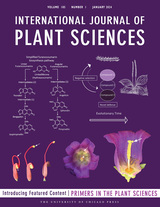8 start with B start with B
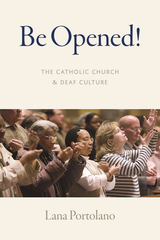

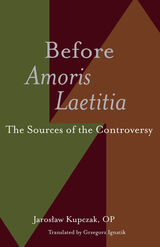
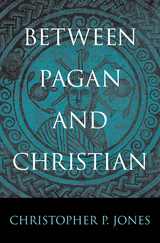
For the early Christians, “pagan” referred to a multitude of unbelievers: Greek and Roman devotees of the Olympian gods, and “barbarians” such as Arabs and Germans with their own array of deities. But while these groups were clearly outsiders or idolaters, who and what was pagan depended on the outlook of the observer, as Christopher Jones shows in this fresh and penetrating analysis. Treating paganism as a historical construct rather than a fixed entity, Between Pagan and Christian uncovers the ideas, rituals, and beliefs that Christians and pagans shared in Late Antiquity.
While the emperor Constantine’s conversion in 312 was a momentous event in the history of Christianity, the new religion had been gradually forming in the Roman Empire for centuries, as it moved away from its Jewish origins and adapted to the dominant pagan culture. Early Christians drew on pagan practices and claimed important pagans as their harbingers—asserting that Plato, Virgil, and others had glimpsed Christian truths. At the same time, Greeks and Romans had encountered in Judaism observances and beliefs shared by Christians such as the Sabbath and the idea of a single, creator God. Polytheism was the most obvious feature separating paganism and Christianity, but pagans could be monotheists, and Christians could be accused of polytheism and branded as pagans. In the diverse religious communities of the Roman Empire, as Jones makes clear, concepts of divinity, conversion, sacrifice, and prayer were much more fluid than traditional accounts of early Christianity have led us to believe.

––Benedict XVI, General Audience, 27 February 2013
Roberto Regoli offers a keen and comprehensive preview of Pope Benedict XVI's pontificate, which will be better understood only after time has passed and more becomes available. As an historian, Regoli provides ample context to frame the theology and pastoral priorities of a pope, professor, priest, and figure of history who has been shaped by his times, and who will undoubtedly be remembered as deeply orienting the Church toward the future. The perspective and questions offered by Regoli will likewise be a key component to the scholarship surrounding Pope Benedict's pontificate for decades to come, and he significantly broadens what has already been compiled by Anglophone writers.
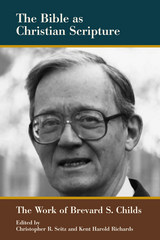
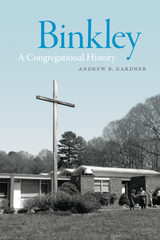
Established in 1958 in the college town of Chapel Hill, North Carolina, the Olin T. Binkley Memorial Baptist Church immediately sought to establish a welcoming religious community—focusing initially on bringing in both Black and White congregants and, as ideas about inclusivity developed, on accepting all people, regardless of identity. By naming itself for a theologically progressive preacher and professor, the fledgling church signaled a perspective unfamiliar to Baptists in the South, which gave the church a radical edge. The church’s first pastor, Robert Seymour, also possessed a progressive vision that resonated with his congregants and pushed them to commit to justice and equality. Soon after its founding, the church strived to challenge inequality in segregated Chapel Hill. Although it remained predominantly White well into the twenty-first century, Binkley evolved to become increasingly aware of issues of gender equality, equity, LGBTQ inclusion, and climate justice. Addressing these issues was Binkley’s way of building God’s kingdom on earth as it is in heaven.
Binkley: A Congregational History tells the story of a single church with a complicated past, demonstrating that, while liberal in heritage, it operated with an unconsciously White, heteronormative worldview that slowly evolved into a distinct expression of faith. The author also draws on scholarship within the broader field of American religious history to position Binkley—with all its complexities, conflicts, and nuances—within the broader context of twentieth-century liberal Protestantism. Perhaps most importantly, Gardner tells the story of a place animated by a vision of Christianity that is often overlooked or drowned out by larger and louder Christian groups. He compellingly shows how this progressive vision of Christianity has shaped Binkley’s commitment to its community and beyond.
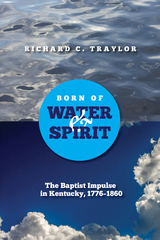
rate, rising from fifty thousand at the outbreak of revolution to more than a million as the nation
edged toward civil war. As the Second Great Awakening swept through the Old Southwest, it generated
religious enthusiasm among Methodist and Baptist converts who were intent upon replacing
old forms of Protestantism with an evangelical vibrancy that reflected and often contributed
to the unsettled social relations of the new republic. No place was better suited to embrace this
enthusiasm than Kentucky. In Born of Water and Spirit, Richard C. Traylor explores the successes
and failures of Baptists in this area, using it as a window into the elements of Baptist life
that transcended locale.
Traylor argues that the achievements of Baptists in Kentucky reflect, in many ways, their success
and coming of age in the early national period of America. The factionalism that characterized
frontier Baptists, he asserts, is an essential key to understanding who the colonial Baptists had
been, who they were becoming in the late eighteenth through the mid-nineteenth centuries, and
who they would become after the Civil War.
In this highly nuanced study, Traylor looks at the denomination in light of what he calls its
“Baptist impulse”—the movement’s fluid structure and democratic spirit. These characteristics
have proven to be its greatest strength as well as the source of its most terrible struggles. Yet, confronting
theological clashes, along with the challenges that come with growth, forged the Baptist
identity and shaped its future.
The first three chapters examine the primary elements of the impulse: rituals of conversion,
baptism, and communion; the Baptist preacher; and the significance of the local church to the
sect. Following these chapters are explorations of the reformations and forces of change in the
early to mid-1800s, the role of women and African Americans in developing the group, and the
refinement and reorientation of priorities from 1840 to 1860. This important denominational history
will be of great value to scholars of American religious history and the history of the early
American republic.
Richard C. Traylor is a professor of history at Hardin-Simmons University in
Abilene, Texas. His articles have been published in Baptist History and Heritage and
Missouri Historical Review.
READERS
Browse our collection.
PUBLISHERS
See BiblioVault's publisher services.
STUDENT SERVICES
Files for college accessibility offices.
UChicago Accessibility Resources
home | accessibility | search | about | contact us
BiblioVault ® 2001 - 2024
The University of Chicago Press



